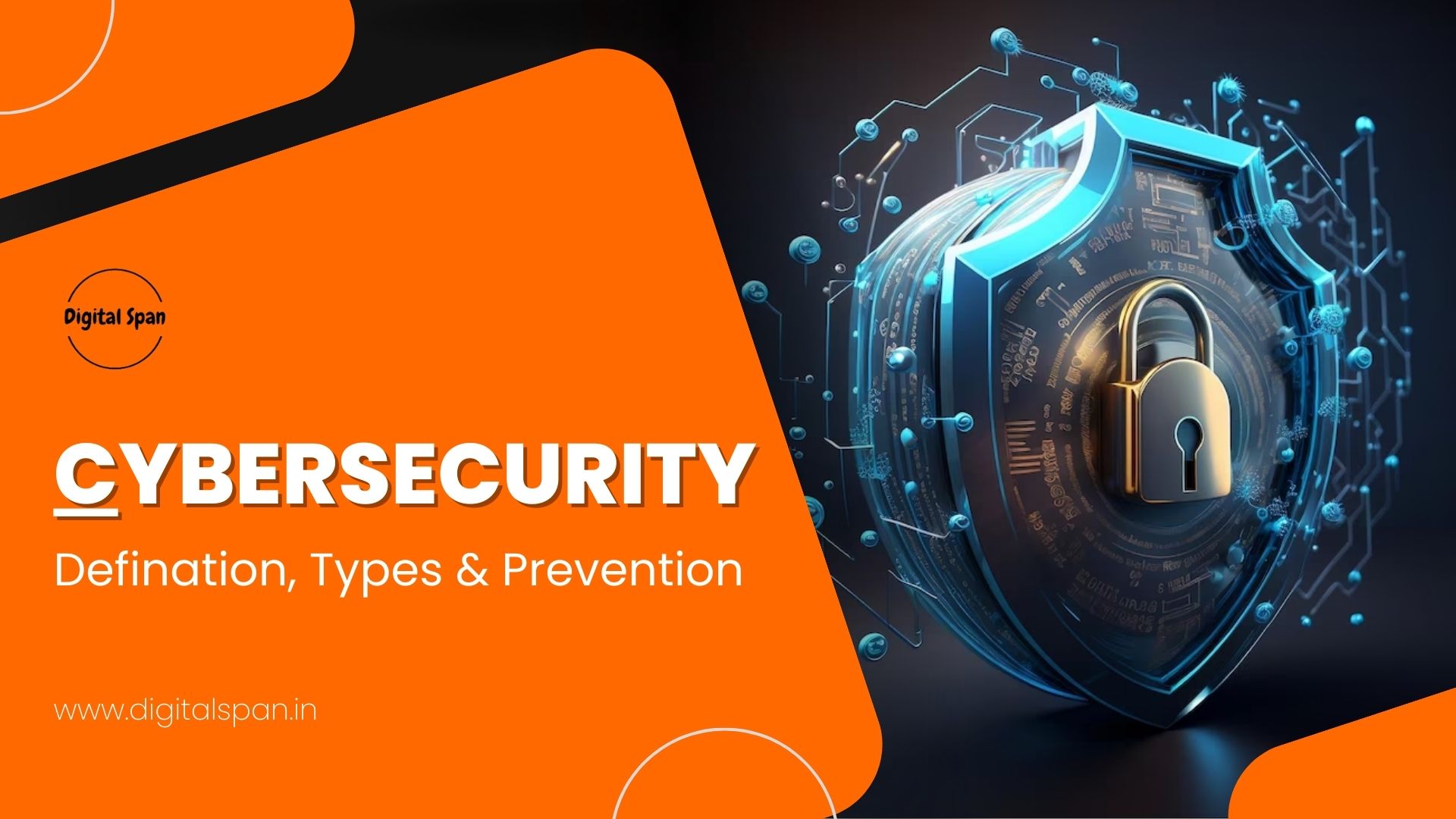In today’s digitally interconnected world, where information flows seamlessly through the vast network of the internet, safeguarding our digital presence has become more critical than ever. Cybersecurity stands as the stalwart shield, protecting individuals, organizations, and nations from the ever-evolving threats that lurk in the virtual realm.
Understanding Cybersecurity
Cybersecurity refers to the process of protecting computer networks, mobile devices, servers or any other data from unauthorized access, attacks or damages. It includes a comprehensive set of technologies, processes, and practices designed to defend against a broad spectrum of cyber threats.
Cybersecurity professionals work nonstop to defend the internet from a variety of dangers, including malicious software, attempted hacking, data breaches, and more. The dangers are high since a successful cyberattack might have serious repercussions, including compromising national security, resulting in financial losses, and damaging one’s reputation.
Key Components of Cybersecurity
Network Security: This involves the implementation of measures to protect the integrity and confidentiality of data as it travels across networks. Firewalls, encryption, and intrusion detection systems are among the tools used to fortify digital communication channels.
Endpoint Security: Securing individual devices such as computers, laptops, and mobile devices is crucial. Antivirus software, endpoint protection solutions, and regular updates play a pivotal role in safeguarding these entry points.
Application Security: As software applications become integral to daily operations, ensuring their resilience against cyber threats is paramount. Regular code reviews, secure coding practices, and the timely application of patches contribute to bolstering application security.
Cloud Security: With the increasing reliance on cloud services, protecting data stored and processed in the cloud is a top priority. Robust access controls, encryption, and regular audits are vital components of effective cloud security.
Data Security: Safeguarding sensitive information is a cornerstone of cybersecurity. This involves encryption, access controls, and data backup strategies to prevent unauthorised access and mitigate the impact of data breaches.
Types of Cybersecurity Threats
Malware
Malicious software, or malware, is a broad category that includes viruses, worms, trojan horses, ransomware, spyware, and other malicious programs. These programs are designed to infiltrate or damage computer systems without the user’s consent.
Phishing
Phishing is a social engineering technique where attackers trick individuals into revealing sensitive information, such as usernames, passwords, or financial details. It attacks often involve deceptive emails, fake websites, or messages that appear to be from trusted sources.
Ransomware
Ransomware malware encrypts user data or the system’s contents, rendering it hard to access them. Next, the attackers demand a ransom payment, usually in bitcoin, in order to obtain the decryption key. Ransomware attacks can be harmful to individuals as well as companies.
Social Engineering
Social engineering involves manipulating individuals into disclosing confidential information or performing actions that may compromise security. This can include impersonation, pretexting, and other tactics that exploit human psychology.
How to Prevent Cybersecurity Threats?
Preventing cybersecurity threats requires a multi-faceted approach that combines technological solutions, best practices, and user awareness.
1. Keep Software and Systems Updated
Update operating systems, apps, and software frequently to fix vulnerabilities. Enable automatic updates when possible to ensure that security patches are applied promptly
2. Use Strong Authentication
Implement multi-factor authentication (MFA) to add an extra layer of security beyond passwords. By implementing multi-factor authentication, it becomes more challenging for unauthorized users to gain access even if passwords are compromised.
3. Educate and Train Users
Conduct cybersecurity awareness training for employees to educate them about common threats, such as phishing and social engineering. Encourage a security-conscious culture where users understand the importance of safe online practices.
4. Implement Network Security Measures
Utilize firewalls, intrusion detection/prevention systems, and virtual private networks (VPNs) to secure network traffic. Restrict access to critical systems and data based on the principle of least privilege.
5. Conduct Security Audits and Assessments
Regularly assess and audit systems, networks, and applications for vulnerabilities. Penetration testing and vulnerability assessments can expose weaknesses that attackers could exploit.
The Evolving Threat Landscape
Cybersecurity is a dynamic field, with threat actors constantly adapting and devising new methods to breach defenses. From sophisticated nation-state attacks to opportunistic cybercriminal activities, the landscape is ever-evolving. This necessitates a proactive approach to cybersecurity, one that involves continuous monitoring, threat intelligence, and the implementation of the latest security measures.
While technological solutions are crucial, it is equally significant to consider the human element. Cybersecurity awareness and education empower individuals to recognize and thwart potential threats. Informed and vigilant users can mitigate phishing attacks, social engineering, and other tactics that exploit human vulnerabilities.
The Role of Cybersecurity Professionals
Cybersecurity professionals, often referred to as ethical hackers or white hat hackers, play a pivotal role in defending against cyber threats. Their expertise is utilized to identify vulnerabilities, conduct penetration testing, and develop strategies to fortify digital defenses. Continuous learning is essential in this field, given the rapid pace at which new threats and technologies emerge.
Conclusion
In the digital age, marked by the intricate integration of our lives into the fabric of the internet, cybersecurity is not a luxury; rather, it is a necessity. It is a collaborative effort that involves individuals, businesses, and governments working together to create a secure and resilient cyberspace. As technology advances, so too must our commitment to strengthening the safeguards that protect our digital existence. Cybersecurity is not merely a field; it is a collective responsibility to ensure a safer and more secure digital future for all.



